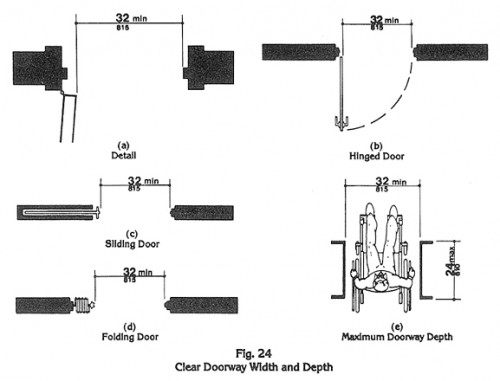
This past summer, Denver experienced a number of wet microburst storms that caused some isolated flooding and quite a bit of damage. With storm systems overwhelmed, rainwater competed with cars, trucks and trains as streets were transformed into creeks and rivers. As storm water overwhelmed below ground storm system, there were several news stories about blown-out and displaced manhole covers – a dangerous situation for motorists and pedestrians!
Just as municipal storm systems can be overwhelmed, so can building storm drainage systems. Wet microbursts and similarly isolated downpours can overstrain building roof drainage piping systems, causing substantial damage and putting building occupants as risk.
Roof drainage systems exist to relieve the building’s structure from the weight of ponded water on the roof. Generally, roof drains and the associated piping internal to the building is sized based on 100-year storm data. The idea is that the building’s storm system is designed to be large enough to convey a rainfall amount equal or greater to the maximum hourly rainfall recorded in a 100-year period in a specific region.
Storm systems within a building are sloped, flow by gravity, and are intended to flow at 17/24 full during a 100-year storm. That’s an odd ratio and it was derived from a disagreement between engineers about whether storm piping should be 2/3 or 3/4 full; 17/24 is the median.
In practice, there are some defects with this philosophy.
First, here in Colorado, and particularly in the Midwest, we typically experience intense storms for a short duration. For example, in Denver, 100-year storm data indicates that piping should be sized to convey 2.4 inches of rainfall per hour. Over a large area, that’s a lot of water. However, most storms actually produce that 2.4 inches in about 15 minutes. When this occurs, the building’s storm system can be overwhelmed and water will begin to pond on the roof. While building structures are typically robust, roof ponding negates a basic design element of the storm system.
As water ponds, and roof drains cannot “breath” (these systems are indented to be partially full, with water flowing by gravity on the bottom and air on top), syphoning will occur. This drastically increases the flow, velocity, and pressure of rainwater in the storm system. Since roof drainage systems are not constructed to withstand much pressure, roof drain syphoning has resulted in blown-out fittings, particularly at pipe elbows or wyes (“T”-connections). In addition to the water damage that can result, blown fittings put building occupants as serious risk. A 6”x6” wye weighs about 30 lbs. If something that heavy were to fall from the ceiling level or higher, it’s a real liability!
In an effort to better understand this issue, the American Society of Plumbing Engineer’s (ASPE) Research Foundation conducted testing on dozens of roof drains to determine how much water would flow through each under varying levels of water. The results showed that there were major inconsistencies in flow from drain to drain. For example, a 3” roof drain from one manufacturer may flow more than a 6” roof drain from another manufacturer under the same conditions. Across the board, roof drains of all sizes were capable of flowing far more than engineers currently design for. Therefore, plumbing engineers have likely been unwittingly coupling high-flow symphonic “nozzles” (roof drains) with piping that can never handle such flows.
ASPE’s Research Foundation’s recommendation was to require manufacturers to test roof drain flow rates, using a similar standardized procedure as that used for the study, and publish those rates with their product literature. Engineers and designers could then use the published flow rates to adequately match roof drains to piping systems and help alleviate the potential for syphoning.
The International Code Council (ICC) has adopted these recommendations and incorporated them in the 2015 International Plumbing Code (IPC). The ICC’s priority is primarily to protect public safety and health through building standards, and this change is evidence of that commitment.
The change is not retro-active, and it’s yet to be seen how remodels and additions involving existing storm drainage systems will be handled. Other measures to improve existing systems, such as anchoring pipe fittings, are being implemented more regularly. This is an important code change made to address an issue that’s been taken for granted. Shelter from the elements is the most basic function of a building, and going forward, storm drainage systems will be better designed to meet that function. We’ll leave the blown-out manhole and street flooding issues to the Civil Engineers.









